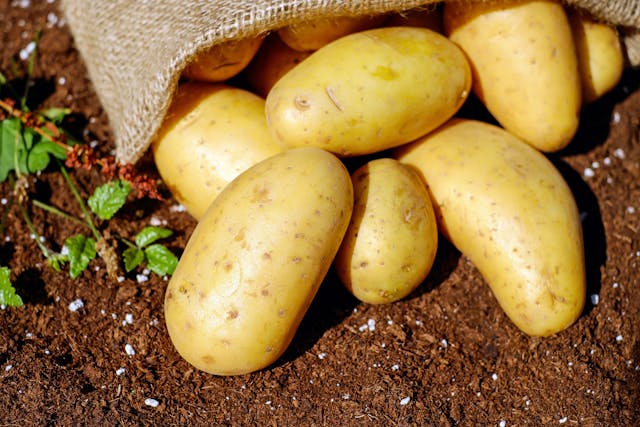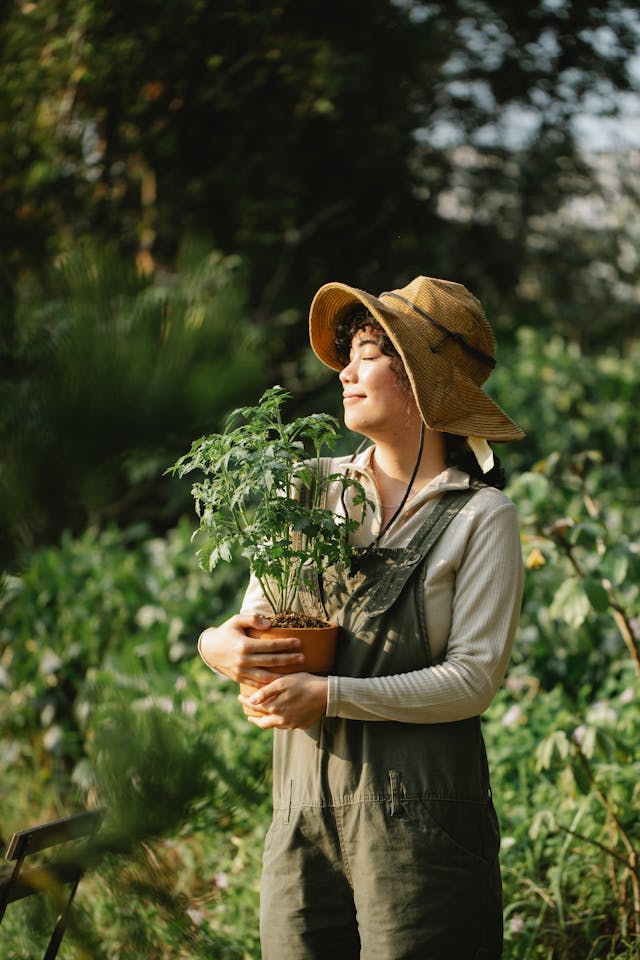Hello friends from all over! Have you started your garden yet this year? Do you have any plans that you’d like to share? Today we will talk about how our garden differs this year from others and what we’re doing to keep a little more for when everything is done growing. Let’s grow!






Shifting to Root Vegetables: Our Decade-Long Garden Evolution and Techniques for a Bountiful Harvest
We’ve had a substantial garden now for nearly a decade. Each year it’s been adjusted slightly and reorganized, but mostly it stays the same with the exception of moving around the veggies. This year though, we’re looking to harvest more crops and store more as well, which means we’re trying out some different ways of organizing and growing. Usually, we have a large portion of tomatoes and peppers, (shout out to the nightshades fam!), but this time we’re more into the root veggies and stocking up. Since we have realized that we never tend to use all of the tomatoes or peppers, we’re going to save room in both the garden and storage area for other goodies this time around. Starting us off in the root veggie arena, we have beets, as well as carrots, onions, potatoes and sweet potatoes. Sweet potatoes were a challenge (and still are) since the last time we failed to produce anything but tiny inedible potatoes. Boo to that! This year, we started some slips in a container, so that they had some time to produce roots before adding them to their soil.We purchased a bag from a local farmers market, added some soil to a large plastic container, and placed them on top. After a few weeks, roots were forming and leaves were beginning to grow! (The purple ones worked MUCH better than the orange ones for us). Each slip should produce approximately 10 potatoes each! Fingers crossed!Related: How Gardening Is Good For Your Soul

Mastering Beets, Carrots, Onions, and Potatoes: Tips and Tricks for a Successful Harvest
Beets have been something we’ve grown for years, each time getting a little better. We love to juice these (with their leaves) and store the juice in mason jars in the freezer to add to smoothies! However, this year we’re going to can them so that we can keep that healthy fiber inside! (Make sure to thin your seedlings so that you can grow hearty bulbs!) Carrots have been tricky, but we finally made sure to add some sand this year to the soil! (Adding sand can help to create a better well-drained soil). I’ll keep you in the loop on how they turn out! Red onions are my personal favorite, although sweet are the most popular. We were lucky enough to be gifted some walking onions last year however, so those have been fun to watch grow! Check them out if you’re not sure what a “walking onion” is! If you’ve ever grown regular potatoes, you’ll know that a little can go a long way! We try to keep some of what we grew from last year that have grown eyes to plant again, but if you run out that’s okay! You can grab a bag from your local market just like the sweet potatoes and cut them up before planting in mounded rows. We’ve always had great luck with regular potatoes, I love that they’re more of a “set it and forget it” type of veggie!
Why We Are Switching It Up This Year
Why are we switching it up this year? Not only are we shying away from more peppers and tomatoes, but we also want to get a higher dose in our diets of additional vitamins that may not be as prevalent in other veggies.Did you know? Root vegetables have….”high nutritional value due to their richness in dietary fiber, vitamins, and minerals.”And guess what?! Garlic and onions have great benefits as well when it comes to being anti-inflammatory. (If you’ve been keeping up with these posts, you’ll know that I can use all the anti-inflammatory I can get these days! Not to mention that the Standard American Diet also plays a huge role in causing the inflammation in the first place.) By growing, harvesting and ingesting more root veggies, we’re doing our bodies a solid in dumping in some more vitamins that we would otherwise be missing out on. Related: 5 Steps to Achieving Your 2024 Goals

Efficient Garden Organization and Canning
We’ve organized our garden a little differently, so that we can keep things separated and have more space to walk around to harvest them. We’ve also created a little screened table next to the garden so that we can easily wash these veggies right away instead of in the tiny kitchen sink. Effective and efficient! Yay for that! Because we don’t have a lot of freezer space like we did in the past, we’ll be canning many more veggies than we ever have before this year. Not only because our lack of space however, but each time the power flickered our freezer would reset and therefore give us anxiety about everything in it getting freezer burn! To lose those veggies that were time consuming to preserve was a huge let down and we’re trying to avoid that happening again. Whether you pressure can or water bath, (I prefer the water bath method like my mother-in-law, but my sister-in-law likes pressure canning instead, both are okay!), I suggest doing them in small batches so you don’t get overwhelmed. I’ve noticed in the past that I would wait too long to can a bigger batch, and then be upset that it would take the entire day. Enlist the help of your significant other and work together to move quickly through small batches so that you can not only can right after harvesting (the sooner, the better!), but also so that you don’t feel stress about it being all on your shoulders. Gardening can be a huge task if you’re in it alone, but I’m here for you! If you have any questions or comments feel free to drop them below so we can chat about them. It’s rewarding but also time consuming, so plan ahead and make a list if you need to about the veggies you would like to grow, how to organize them, and how you’re planning to store them. Whichever way you choose, you’re doing yourself a solid! Homegrown veggies are like no other, and the reward of a free, delicious product you grew with your own hands is well worth the work and the wait. You’ve got this! Related: Dive Into Our Autumn Gardening Like a Pile of Scattered Leaves













